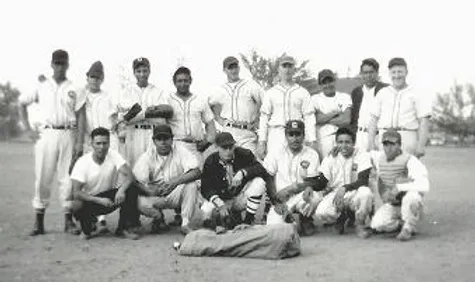History
What’s Our Story
Prior to 1910 and continuing into the 1920s, Great Western Sugar Company aggressively recruited Mexican Americans from Southern Colorado, New Mexico, Arizona, and Texas. Mexican Nationals were also recruited, especially after World War I. By 1920, 10,000 of the 12,000 workers employed by the company were of Hispanic heritage.

Looking for an effective way to break the "migrant cycle" and keep the "elite" Spanish-speaking workers---along with their wages---in the area, the company launched a plan in 1922 to establish colonias or housing for the beet workers on company-owned land throughout northern Colorado, Wyoming, Nebraska, and Montana. Workers were provided a lot at minimal cost, and given a plan for building a two-room adobe home, through their own "sweat equity" for their families. Work in the beet fields was arduous, and the men and boys of "las colonias" found recreation and relief from beet work in baseball. Local teams were soon formed, and teams traveled to neighboring towns and "colonias" to play. The teams got together to form an organization that later became the Rocky Mountain League of the National Semi-Pro Baseball Congress.

On Sundays, many Spanish/Mexican players and their families enthusiastically stepped up to the plate and became a part of America's "national pastime." The teams' reputation for consistently high caliber players and great ball games brought them to the attention of envious players from outside "las colonias." Soon, friendships were established among players in the various colonias and other towns, many lasting a lifetime. Race was never an issue and no "color lines" had to be crossed. The integrated sugar beet league was unique and ahead of its time. Spectators honked car horns, screamed loudly at the players and umpires, and created good-natured rivalries among teams and fans.
- Courtesy of Gabe Lopez
Oops!
You have unsaved elements
Please save or cancel the pending changes to the elements within your page and then try saving again.
